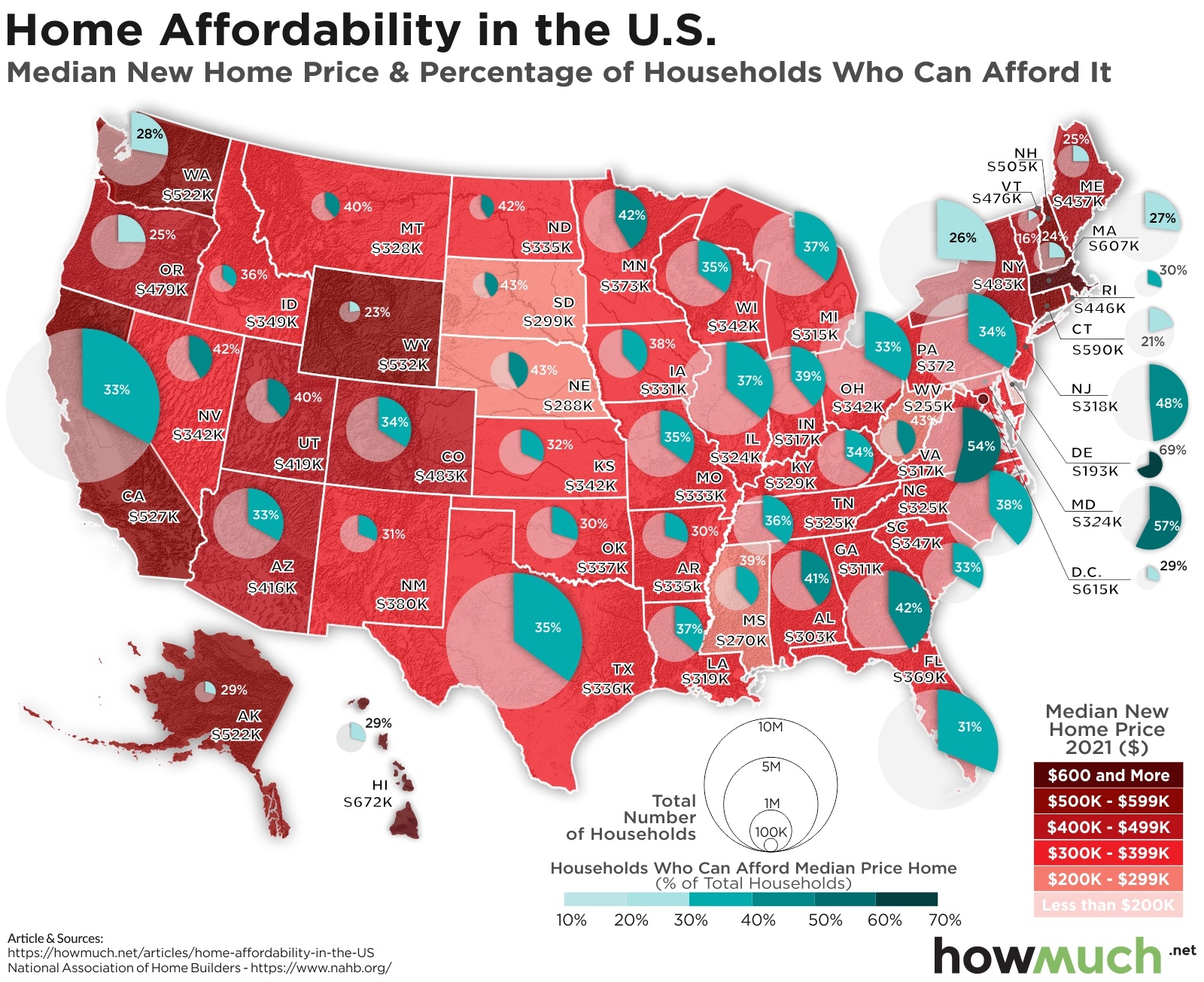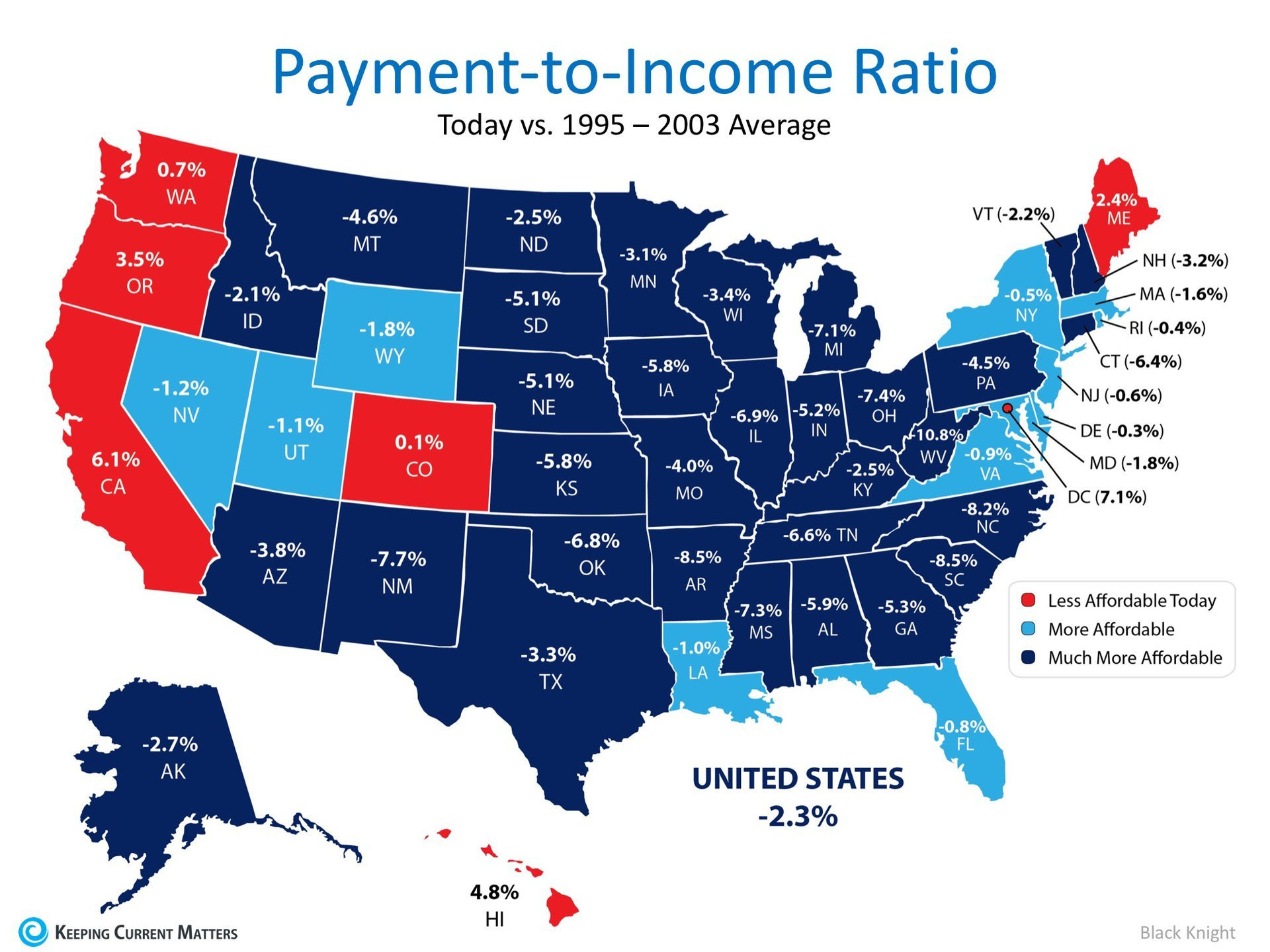Why Housing is More Affordable in Texas Compared to Other States
Abundant Land and Space for Development
Texas has vast amounts of land available for development compared to other states, especially those on the coasts. As the second largest state by total area and the largest of the 48 contiguous states, there is plenty of room to grow outward from cities rather than being limited by natural boundaries. With over 268,000 square miles, developers have the ability to continually build new communities on the outskirts of major metropolitan areas to keep up with rising demand. Whereas coastal cities like Los Angeles, New York, and Miami are inhibited by oceans, bays, mountains and other geological features, construction in Texas faces fewer such obstacles. The flat, open landscape means homes can be erected almost anywhere with minimal site preparation work required compared to hillier terrain. This abundant developable land acts as a steady supply of new housing, keeping prices lower through competition and avoiding severe shortages.
Keeping Construction Costs Low
Certain construction methods commonly used in Texas also serve to reduce building expenses. Foundations are usually simple concrete slabs poured directly on the ground rather than more expensive below-grade basements required in colder northern states. Homes are also not constructed to withstand extreme weather like hurricanes or earthquakes, eliminating the need for costly structural reinforcement. With a generally mild climate, the focus is on energy-efficient air conditioning rather than complicated heating systems. Roofs are also not subjected to heavy snow loads so can use lighter-weight wood trusses instead of more durable steel beams. Overall these techniques allow developers to maximize square footage for the budget and pass the savings on to buyers in the form of more affordable listings.

Access to an Abundant Construction Labor Force
Texas’ status as a right-to-work state where unions have less influence helps keep construction wages lower than places with strong organized labor. Coupled with the generally business-friendly regulatory environment, this fosters a large non-union labor market willing to take on home building projects. The overall favorable business climate in Texas compared to other regions also attracts migrating workers. This steady influx of new residents grows the talent pool available for building trades even further. Major cities like Houston, Dallas, Austin and San Antonio therefore have access to a plentiful labor supply able to handle increased housing demand without major bottlenecks or wage inflation that drive up the cost of new developments.
Less Stringent Regulations and Oversight
Another factor holding down prices is the relatively light-touch regulatory approach to residential construction in Texas. Building codes tend to be more flexible compared to places with stricter seismic, energy efficiency or environmental standards. There is also less red tape around securing permits and negotiating with various state and local authorities during the development process. While this makes housing more affordable upfront, it does come with some risks. Structural quality can vary more between builders since minimum requirements are looser. Issues may also be missed that become costly to remedy later such as locating homes in 100-year floodplains. Still, the overall light regulatory hand compared to other states is a boon for keeping new subdivision prices low.
Impact of Strong Population Growth
Texas has experienced explosive growth over the past few decades, enlarging the customer base and driving more home construction activity. Between the 2010-2020 census period alone, the Lone Star State added an unprecedented 4 million new residents, more than any other. This surge has been fueled by domestic and international migration drawn by the state’s economic strength and job opportunities. As people flock to major urban centers, demand increases faster than the housing supply can accommodate. When the number of potential buyers grows substantially each year through both natural increase and inbound migration, developers have stronger incentive to ramp up new projects to make the most of the market opportunity. The constant rise in population applying upward pressure on prices has necessitated a steady expansion of the state’s housing stock to prevent even steeper increases.
Effect of Property Tax Policies
While homes may start out affordable to purchase in Texas, property taxes tend to be higher than other places as a trade-off for not having a state income tax. Local governments and school districts rely heavily on the property tax base for funding. Assessed values are also reappraised frequently to account for rising market prices.
This acts to stabilize home values over the long run rather than allowing speculative bubbles that later burst. Nobody wants to be the owner of the most expensive property on the block and pay exorbitant tax rates as a result. Additionally, Texas offers some exemptions like being able to defer property tax increases for elderly homeowners, helping maintain affordability for long-time residents on fixed incomes.
Overall the combination of ample rural land suited to new construction, economical building methods, access to labor and relatively light regulation has enabled Texas to steadily increase housing supply in step with demand. This matching of additional supply helps contain price inflation even as more people migrate to the state’s thriving job market. While still more expensive than in the past, Texas maintains an affordable edge over many other U.S. regions through these supply-side factors rooted in its geography and economy.
